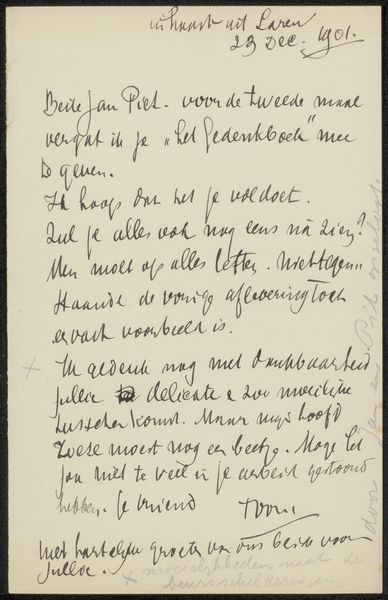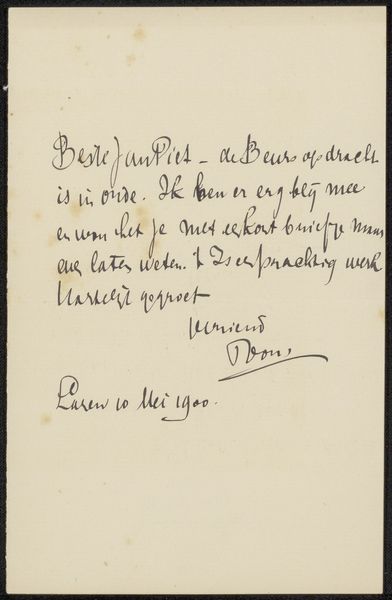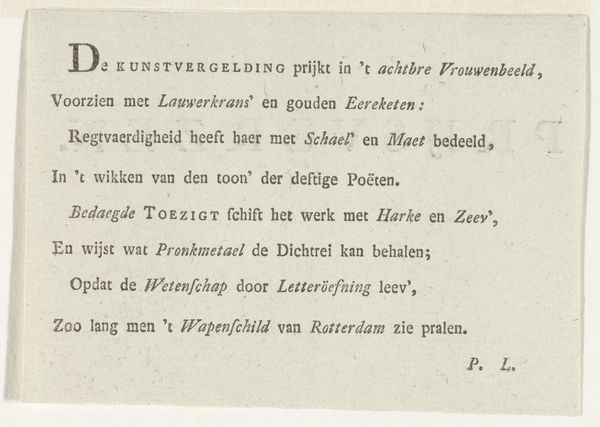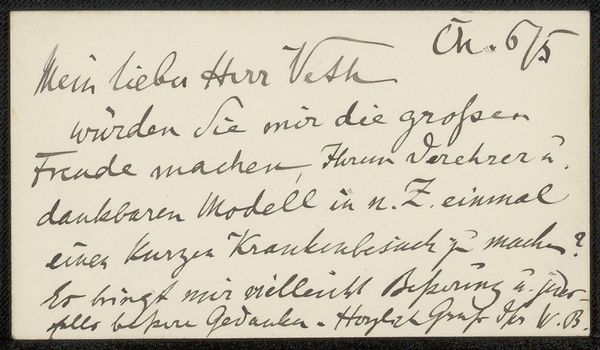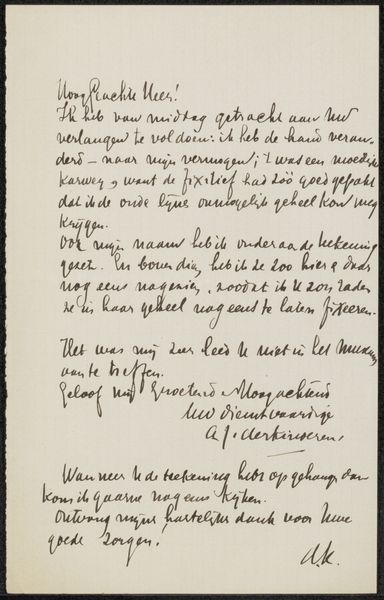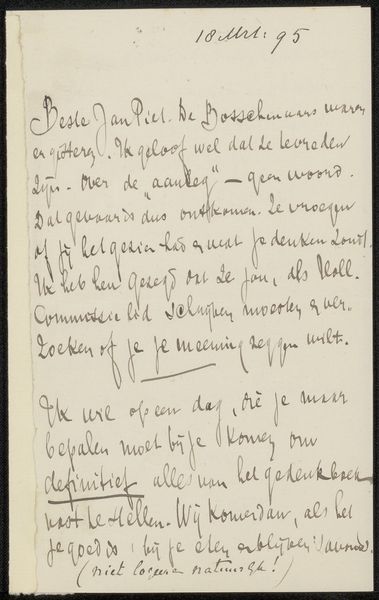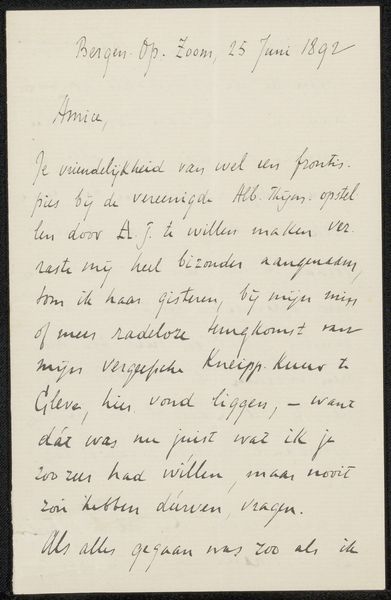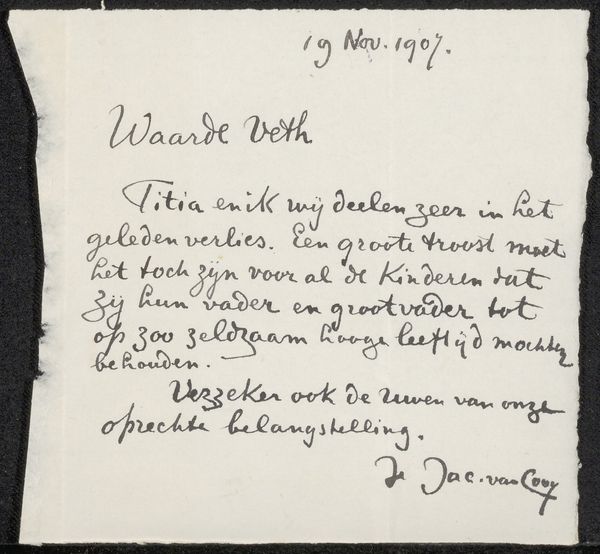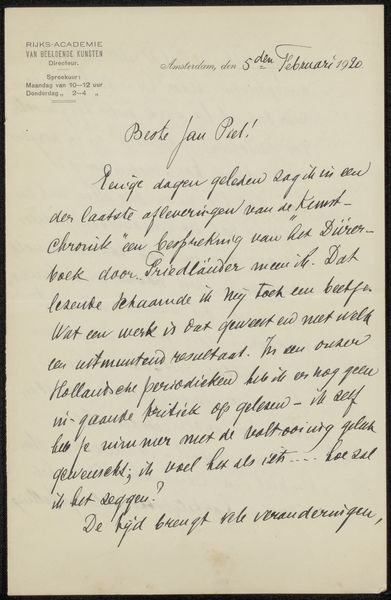
Dimensions: height 97 mm, width 150 mm
Copyright: Rijks Museum: Open Domain
Editor: So, this print is titled "Tekstblad bij de spotprent op Johan Jacob le Sage ten Broek, 1787" and it’s from 1787. It seems to be a printed text, maybe a poem or a short satirical piece, written in elegant calligraphy. It strikes me as quite playful, but also with a sharp, almost accusatory tone. What can you tell me about the context behind this? Curator: It’s fascinating how this single sheet can open up a window into late 18th-century Dutch society and politics. This was a turbulent time. The print, likely accompanying a visual satire, serves as direct commentary on Johan Jacob le Sage ten Broek, and given its pointed tone, very likely criticizes his public role. Note the phrases like "Monster?" and the mention of preaching and exercising; What might those allusions suggest about ten Broek's actions? Editor: Perhaps they hint at hypocrisy or some kind of power grab disguised as virtue? It sounds like he was someone controversial. Curator: Precisely. Understanding this print requires considering the socio-political landscape. Satire becomes a potent weapon in shaping public opinion. Consider the very public nature of prints. These images were disseminated widely. The goal wasn't merely artistic expression but engagement, potentially, even incitement. It reflects a broader cultural moment where the press played an increasingly vital, and often critical role. How do you think such texts affected the individual or community depicted? Editor: I imagine it was pretty devastating, or at the very least damaging, if the satire was effective. It’s interesting to think of this as a form of early “meme” in the way it circulated and spread ideas. Curator: Indeed. And by analyzing these texts alongside any accompanying imagery we uncover nuanced perceptions and judgements from this historical moment. It shows how potent even printed material could be. Editor: That definitely gives me a richer understanding. Seeing art as this direct conversation with current events is really revealing! Curator: It helps us avoid romanticizing the past, doesn’t it, and reveals the messy, political, often uncomfortable realities beneath.
Comments
No comments
Be the first to comment and join the conversation on the ultimate creative platform.
